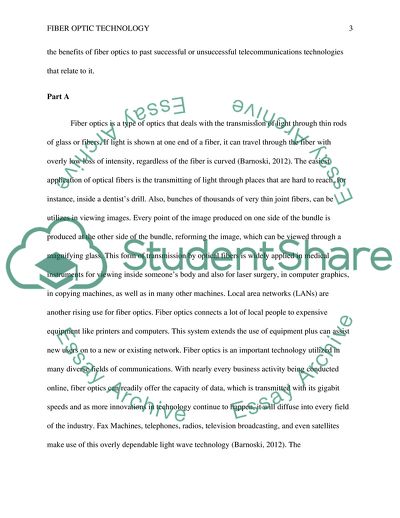Cite this document
(Fiber Optic Technology Coursework Example | Topics and Well Written Essays - 2500 words, n.d.)
Fiber Optic Technology Coursework Example | Topics and Well Written Essays - 2500 words. https://studentshare.org/technology/1860619-fiber-optic-technology
Fiber Optic Technology Coursework Example | Topics and Well Written Essays - 2500 words. https://studentshare.org/technology/1860619-fiber-optic-technology
(Fiber Optic Technology Coursework Example | Topics and Well Written Essays - 2500 Words)
Fiber Optic Technology Coursework Example | Topics and Well Written Essays - 2500 Words. https://studentshare.org/technology/1860619-fiber-optic-technology.
Fiber Optic Technology Coursework Example | Topics and Well Written Essays - 2500 Words. https://studentshare.org/technology/1860619-fiber-optic-technology.
“Fiber Optic Technology Coursework Example | Topics and Well Written Essays - 2500 Words”. https://studentshare.org/technology/1860619-fiber-optic-technology.


